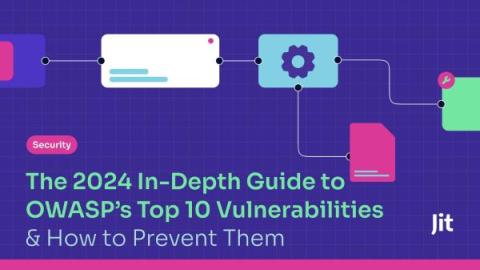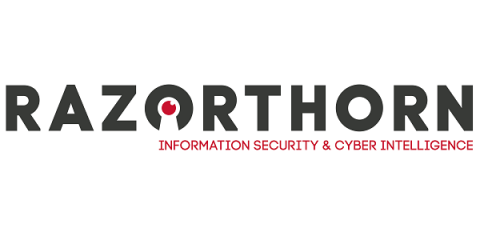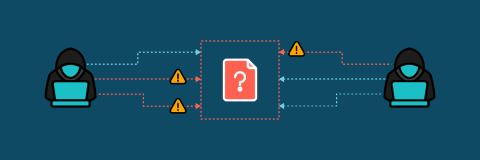The 2024 In-Depth Guide to OWASP Top 10 Vulnerabilities & How to Prevent Them
The OWASP Top 10 list is the go-to resource to begin understand application security risk for software developers and information security professionals. Most of us don't know we're harboring vulnerabilities in plain sight. During 2020 and 2021, there were an average of 15 vulnerabilities per site, and two out of these fifteen vulnerabilities were of high severity. To protect against vulnerabilities, you first need to be aware of them. That’s where the OWASP Top 10 list comes in handy.











